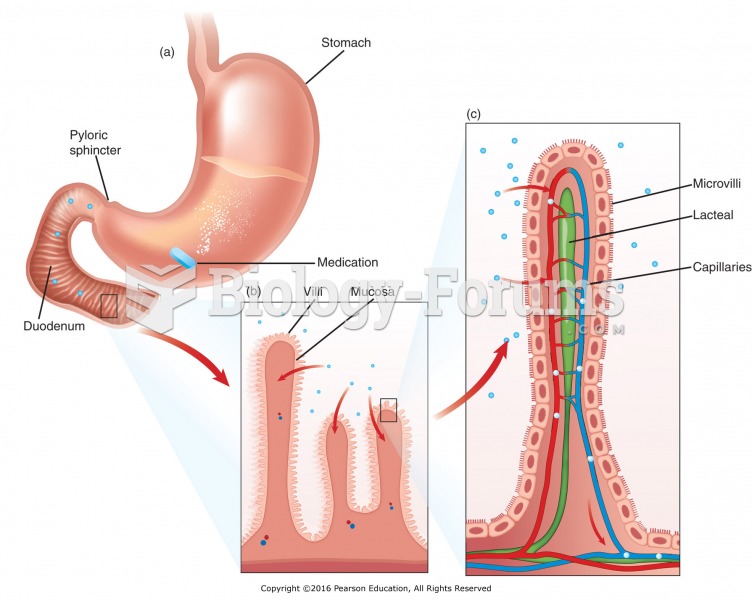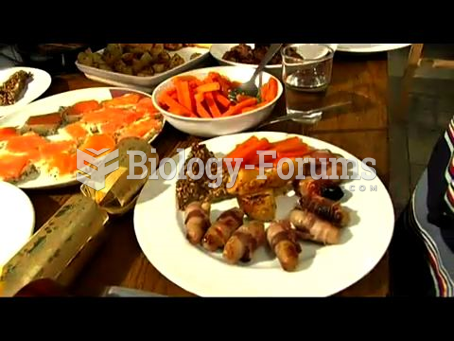|
|
|
Did you know?
Human stomach acid is strong enough to dissolve small pieces of metal such as razor blades or staples.
Did you know?
Vaccines prevent between 2.5 and 4 million deaths every year.
Did you know?
Many medications that are used to treat infertility are injected subcutaneously. This is easy to do using the anterior abdomen as the site of injection but avoiding the area directly around the belly button.
Did you know?
According to the FDA, adverse drug events harmed or killed approximately 1,200,000 people in the United States in the year 2015.
Did you know?
There are 60,000 miles of blood vessels in every adult human.
 The number of words correctly completed in the New York Times crossword puzzle increases with age ...
The number of words correctly completed in the New York Times crossword puzzle increases with age ...
 Villi and microvilli of the small intestine: (a) Tablet dissolves in the stomach. (b) Medication ...
Villi and microvilli of the small intestine: (a) Tablet dissolves in the stomach. (b) Medication ...





